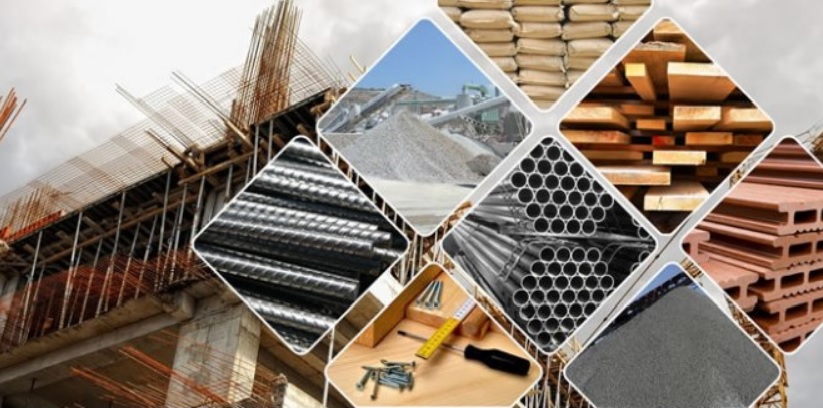Real Estate News

BUILDING MATERIALS A TRENDY FOR REDEFINING WALLS
Because you can´t have a house without walls, there are new materials that you can make up with a vital component of a home. New materials like sprays, decorative finishes have to offer so much more than just a support for a roof.
Wall options may seem ho-hum and routine. But innovative design professionals and entrepreneurs have developed new options that you as a real estate professional should know.
With a recent onslaught of hurricanes and storms, eager customers may be interested in products that can help a better home thwart strong winds and rain or discourage mold growth in flood situations.
Many architects, builders, and engineers test their ideas as commercial and industrial wall designs, and then, if they work, adapt them for residential use. However, not every innovation works for every home. Some options won’t meet local building codes or offer a good return on investment, says Erin Hatcher, vice president of sustainability at AMLI Residential, a Chicago-based development and management company.
Recycled Fly Ash Products: This product recycles scrap fly ash, a byproduct of coal combustion, into an attractive building material that cuts like wood, can be painted, and is highly durable.
Traditional wood products are used for siding and trim tend to rot over time and are susceptible to insect damage. But also this material is highly durable and dimensionally stable. The process of creating it removes troublesome fly ash from the waste stream by encapsulating it during the production process. The price per square foot is about 30% even more than cement fiberboard cording to architects experts in the field.
Formaldehyde-Eat Gypsum Board: CertainTeed takes its gypsum board and incorporates a patented ingredient that converts formaldehyde - a common VOC - into two separate inert compounds.
Why it’s noteworthy: It looks and weighs the same as drywall, making it ideal for homeowners sensitive to these compounds and similar toxins. “It adds a lot of benefit for a relatively low cost and is one of the cheapest upgrades when building or remodeling,” architect Tom Prokop says.
Price per square foot: About 25 percent more than standard drywall board, according to Nate Kipnis a prestigious architect.
Thermal wall insulator : Energy efficiency can take a big hit through what´s called “thermal bridging” when one section of a wall conducts heat much quicker than another, leading to condensation and less comfortable interiors, especially in cold weather.
Builders and owners have used insulation, thermal break pads or specific framing techniques to mitigate this problem, both the tape and fluid can be applied to steel, aluminum, concrete, wood and other materials.
One of the biggest problems with residential construction is condensation in wall cavities, which leads to mold and mildew. This helps prevent that from occurring. Can be more disciplinary. The price per square foot is $5 USD.
The company uses the same Aerogel particle mixture in liquid form, which can be applied to achieve similar effects.
Other company, Kith + Kin Walls, offers engineered wood planks that feature the texture of wood grain and color variations of reclaimed barn wood but are delivered in more consisted way and bigger sizes than barns to simplify installation. Home owners who like DIY work should know what´s involved.